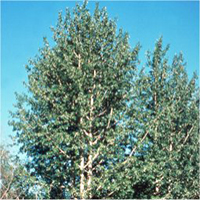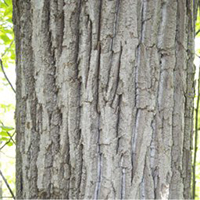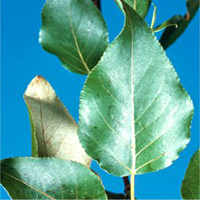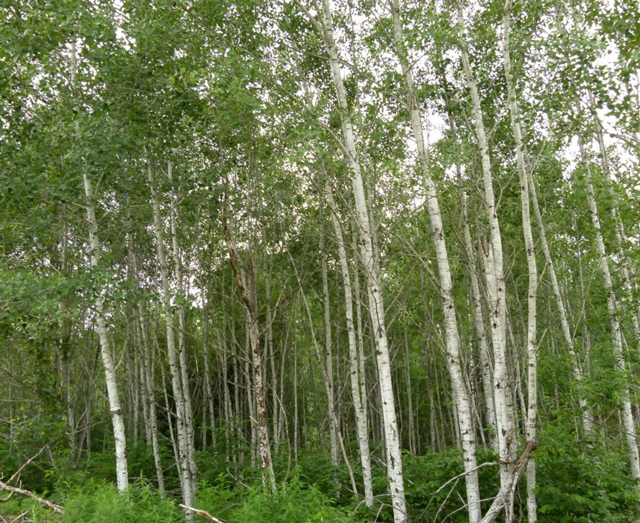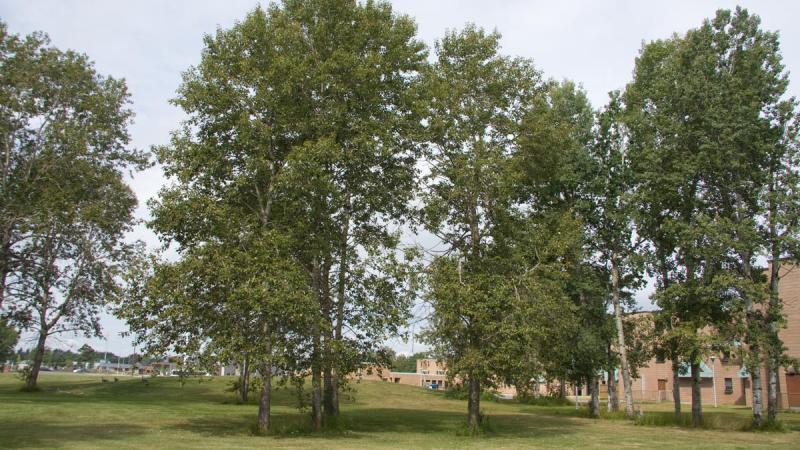poplar tree identification ontario
This large deciduous tree is. Our native tree species are the backbone of many different Ontario habitats.

Poplar Trees Types Bark Leaves Identification With Pictures
Look for the fall colors on poplars.
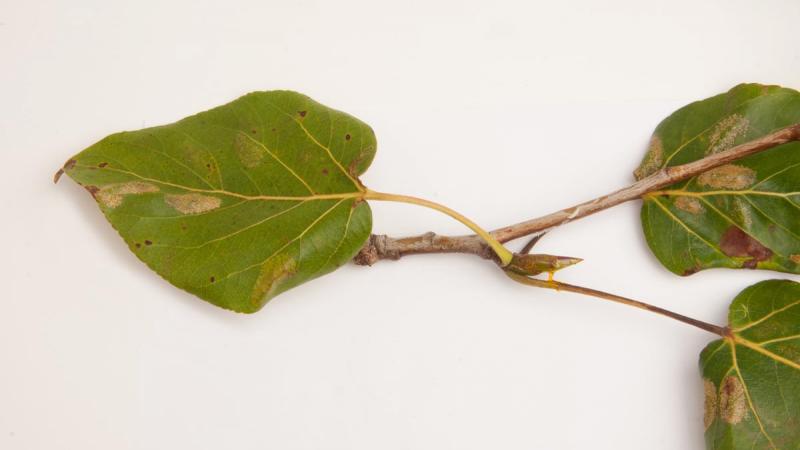
. This trees leaves are 3-6 long and ovate with a pointed tip. The genus name Populus is from the Latin for poplar and the specific epithet balsamifera from Latin for balsam-bearing. All have long reproductive catkins that appear just.
Sunlight Poplar Trees prefer full sun especially since this usually ensures plenty of room to grow and expand. Each species account in the list below includes photos identification information natural history and cultural aspects of our leafy. It is the most closely related to the aspen species and grows to be 60 to 100 feet in height.
The identifying feature of poplar tree species is their green leaves with silvery-white undersides. Ontario Click on a tree species to learn more about it. If you want to learn about trees you may be.
White poplar is a large deciduous tree generally 40-70 tall at maturity. Being a species of a poplar tree cottonwoods are also related to aspens. Description and Identification.
It is our official provincial tree species. Nice straight logs for sale good for lumber Currently poplar and oak available Size very approximately 24 diameter approximately 15 long Ends sealed to prevent checking If add is up still available. While the species typically has a broad canopy equal to its height some cultivated varieties are much narrower resembling a column or pyramid.
Yellow poplar Liriodendron tulipifera is considered one of the tallest hardwood trees in North America. White poplar is a large deciduous tree generally 40-70 tall at maturity. Balsamifera is known for its aromatic sap while Largetooth Aspen P.
Poplars Spruces Sycamore Tamarack Willows CONIFERS Pines Eastern White Pine Pinus strobus A very large fast growing evergreen tree somewhat sensitive to urban conditions. 5 are native to Canada. A reasonably difficult multiple-choice tree identification quiz of species found in Ontario.
In North America they grow from the treeline to northern Mexico. Populus balsamifera commonly called balsam poplar bam bamtree eastern balsam-poplar hackmatack tacamahac poplar tacamahaca is a tree species in the balsam poplar species group in the poplar genus Populus. Forty species occur worldwide.
The key uses identifying characteristics that can help you identify species in. List of native trees for ecodistrict. Though it is a short-lived tree it is great at providing shade and has large dark leaves.
Common near Ottawa as a wild and planted tree. 30 m or more. The leaves of this tree group have pale undersides and make a lot of noise in the wind.
In the breeze the fluttering leaves give the poplar trees a shimmering appearance. Tree Bee Pocket Tree ID Guide. Tolerant of many growing conditions.
The white poplar is a type of poplar tree also called the silver poplar. Uneven inward- curving teeth line the margins. Grandidentata is not very fragrant.
15 24 m. Balsam poplar Populus balsamifeva L has a Canadian range almost as extensive as that of trembling aspen and like trembling aspen is found virtually everywhere in Ontario. The genus includes aspens and cottonwoods.
Poplars are known for their fast growth rate and extreme hardiness. Pests Diseases and Other Concerns You will be in competition with caterpillars when it comes to loving your Poplar Tree. The edges of the leaves are finely serrated.
Young bark is light greenish gray to white becoming darker gray and furrowed with age. Some species of cottonwood trees have been known to reach heights of 100 ft. Famous as a timber tree.
Depending on the species Poplars range in height between 50 and 160 feet with most falling between 50 and 80 feet tall. This handy Ontario Envirothon resource introduces you to Winter Tree ID great for preparing for the Forestry topic. Balsam poplar twigs are red-gray to brown and the bark is gray-green and smooth that becomes grayer with age and produced flat scaly ridges.
Its leaves vary widely in shape from oval with sharp tips to almost circular with blunt tips. Other cultivars such as the Tulip Poplar grow to around the 70 foot range. Cottonwood trees are also large shade trees and their sprawling branches have a spread of up to 113 ft.
Features fun facts and key identification details. This handy foldable guide will help you identify some of the most common trees with an easy to use flow chart. You can also try to identify your pest yourself by using this key developed by a University of Guelph graduate student.
They have a massive native range spanning most of North America growing anywhere from near sea level to the top tree line on mountains. Some species of poplar trees like the white poplar Populus alba and quaking aspen Populus tremuloides look like they are continually trembling or quaking. Alternate-leaf dogwood American beech American chestnut American elm American mountain-ash Balsam fir Balsam poplar Basswood Bitternut hickory Black ash Black cherry Black gum Black oak Black spruce Black walnut Black willow Blue ash Blue beech Bur oak.
Balsam poplar is a fast-growing species that can grow up to 80 tall. The poplar is a short-lived deciduous hardwood tree of genus Populus of the willow family widely distributed in the northern temperate zone. These large trees can grow to between 50 and 80 ft.
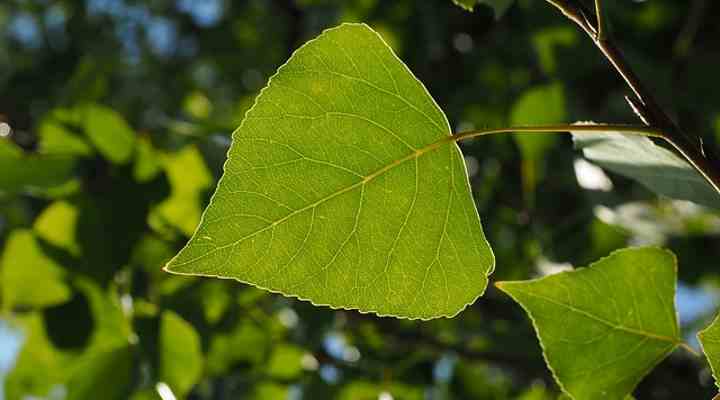
Poplar Trees Types Bark Leaves Identification With Pictures

Balsam Poplar Black Poplar Trees Of Manitoba Inaturalist
Balsam Poplar Populus Balsamifera
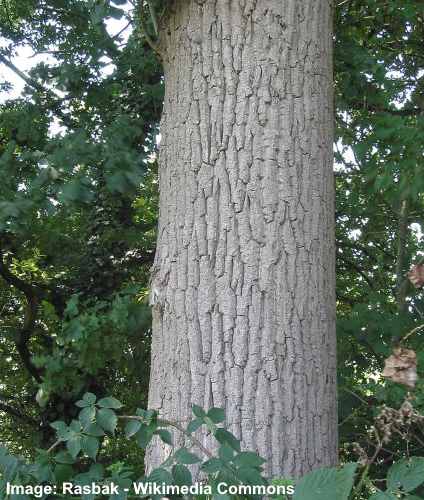
Poplar Trees Types Bark Leaves Identification With Pictures

Balsam Poplar Confederation College
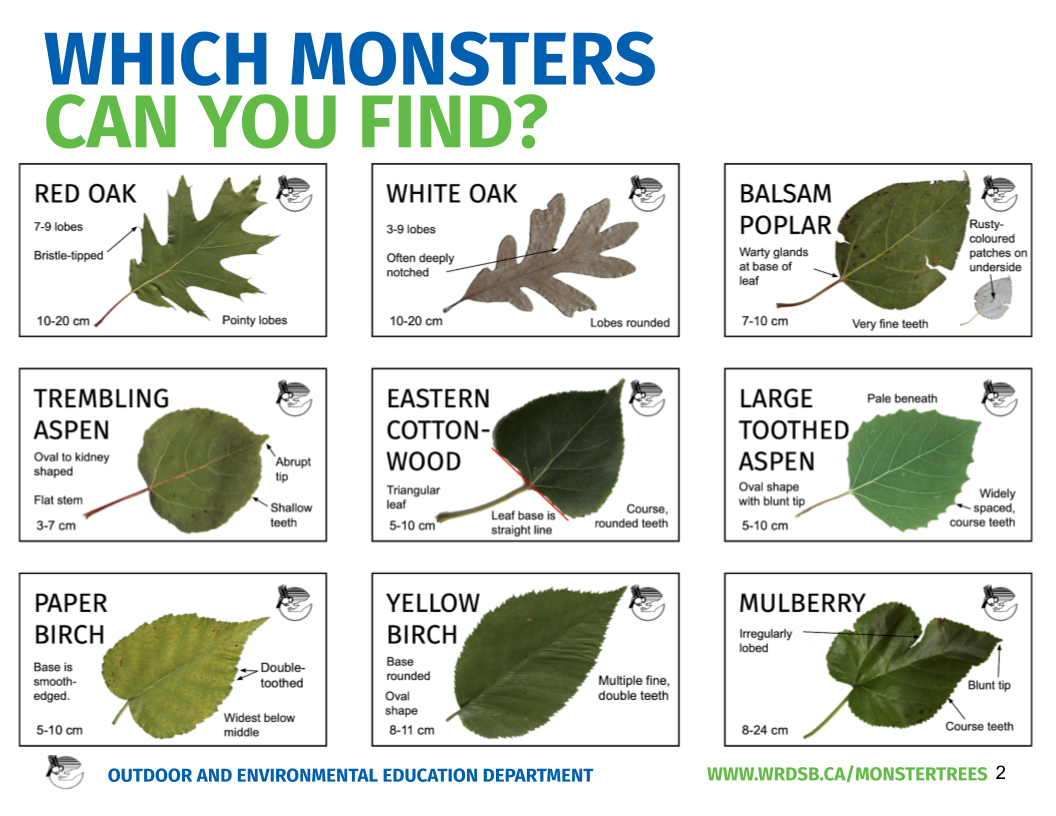
Print Resources Outdoor And Environmental Education

Leaf Identification For Ontario Youtube

Tree Identification Flashcards Proprofs Aspen Trees Tattoo Tree Identification Aspen Trees

The Tulip Tree Id Facts And Growing Guide Growit Buildit

Balsam Poplar Black Poplar Trees Of Manitoba Inaturalist
